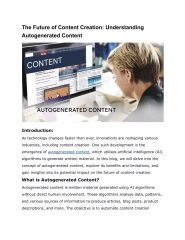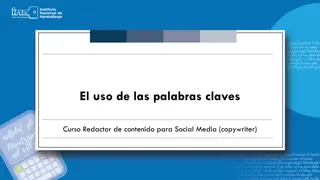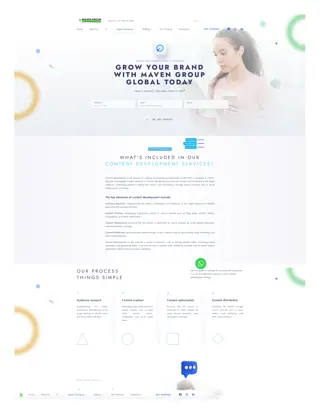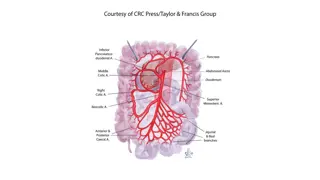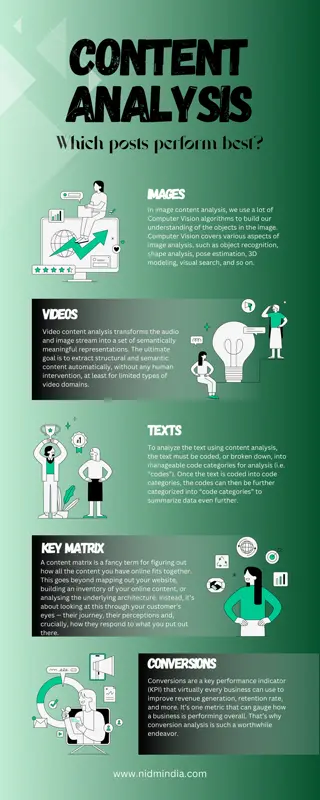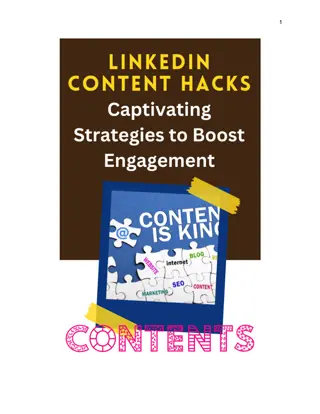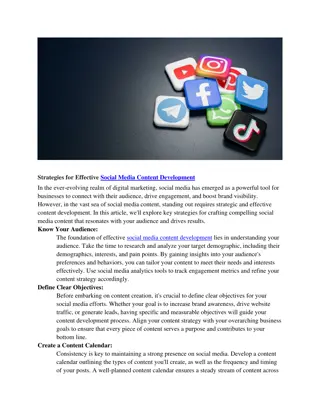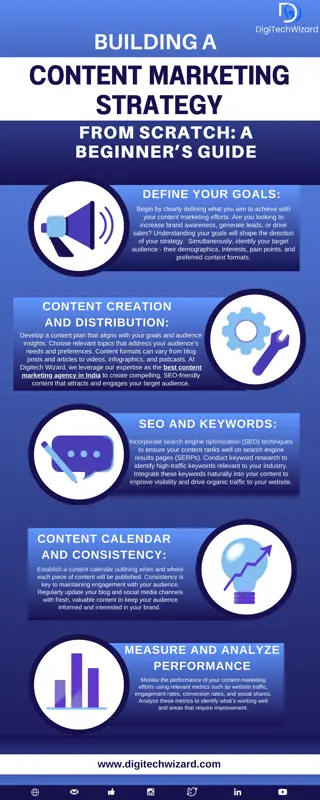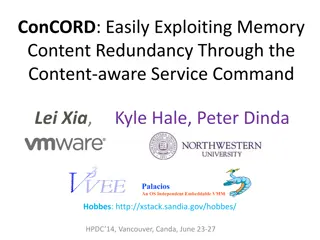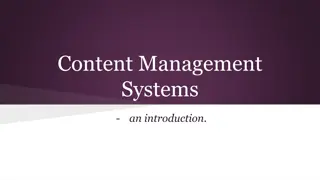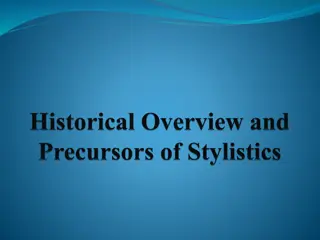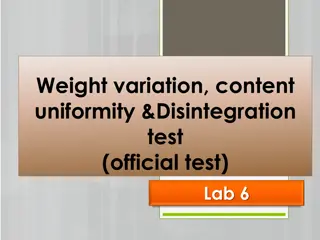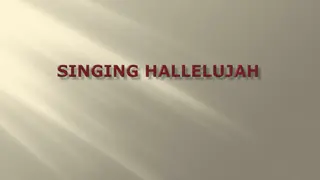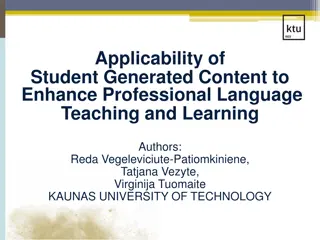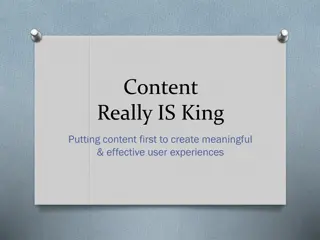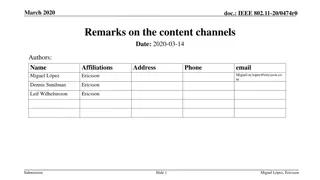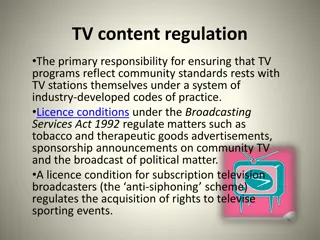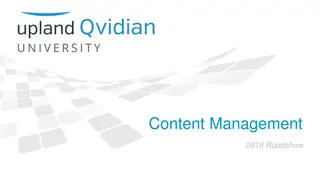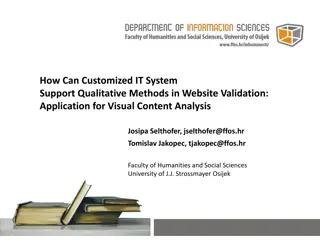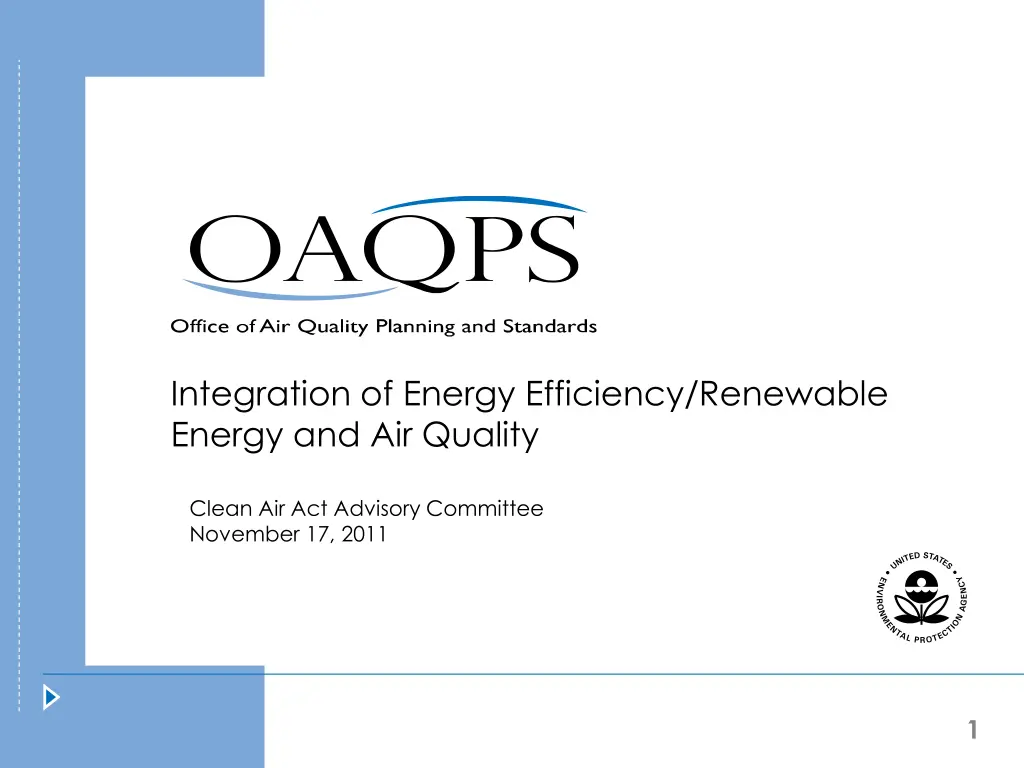
Integration of Energy Efficiency and Renewable Energy in Air Quality Plans
Learn about the integration of energy efficiency and renewable energy in State and Tribal Implementation Plans (SIPs/TIPs) to improve air quality and meet emissions reduction goals. Explore a roadmap for incorporating EE/RE policies and programs, reasons to adopt them, and the purpose of the roadmap to overcome past obstacles. Find step-by-step guidance, background information, and case examples of EE/RE incorporation in air quality plans.
Download Presentation

Please find below an Image/Link to download the presentation.
The content on the website is provided AS IS for your information and personal use only. It may not be sold, licensed, or shared on other websites without obtaining consent from the author. If you encounter any issues during the download, it is possible that the publisher has removed the file from their server.
You are allowed to download the files provided on this website for personal or commercial use, subject to the condition that they are used lawfully. All files are the property of their respective owners.
The content on the website is provided AS IS for your information and personal use only. It may not be sold, licensed, or shared on other websites without obtaining consent from the author.
E N D
Presentation Transcript
Integration of Energy Efficiency/Renewable Energy and Air Quality Clean Air Act Advisory Committee November 17, 2011 1
Contents Draft roadmap on incorporating energy efficiency/renewable energy policies (EE/RE) and programs into State and Tribal Implementation Plans (SIPs/TIPs) Overview of the soon to be re-issued (and re-named) Ozone Flex Guidance Overview of efforts to quantify impacts of EE/RE policies and programs 2
Roadmap Introduction Historically, past EPA guidance has yielded few examples of EE/RE integration in SIPs Variety of reasons OAR priority to provide a range of tools and information to assist agencies with incorporating EE/RE into SIPs/TIPs Foremost is the: Roadmap for Incorporating Energy Efficiency/Renewable Energy Policies and Programs into State Implementation Plans/Tribal Implementation Plans 3
Reasons to Take Advantage of EE/RE Policies and Programs in Air Plans From 2006 to 2010, states increased their investments in electric EE programs significantly, committing over $4 billion of ratepayer resources As of 2009, 30 states and DC had adopted renewable portfolio standards Greater need for emissions reductions to meet NAAQS More transparent and rigorous information available about the impacts of EE/RE 4
Purpose of the Roadmap Overcome past obstacles and issues by: Clarifying existing EPA EE/RE guidance Providing additional information on needed SIPs/TIPs documentation Providing streamlined approaches and options Addressing questions and issues state, tribal, and local agencies should consider 5
Whats in the Roadmap Step-by-step flowchart to guide pathway selection around several key questions Detailed background and other information on: Existing EPA EE/RE related SIP guidance U.S. electric system EE/RE policies and programs in the states EE/RE emissions quantification approaches Case examples of where EE/RE has been incorporated in SIPs 6
Whats in the Roadmap Detailed information on documentation needed for four pathways available for EE/RE in SIPs/TIPs: Baseline emissions projection pathway SIP/TIP control strategy Emerging/voluntary measures Weight of evidence determination 7
Moving Forward Next Steps Issuing next version of manual in January Revised based on comments Document is living and will be updated in the future as needed Directed at agencies preparing SIPs/TIPs Will encourage states to use EE/RE manual as EPA re-issues a new version of the Ozone Flex Guidance 8
Why Should Areas be Interested in Reducing Ozone in the Near Term Provides cleaner air and public health protection sooner Responds to state/local government concerns about how to stay out of nonattainment For the 2008, 75 ppb ozone standard: Make progress in areas close to the standard For any future revised ozone standard after the 2014 review: Could better position some areas to avoid a future nonattainment designation If eventually designated, could result in a lower classification Program framework, technical, and other assistance Early stakeholder group formation and involvement 9
Updating the Existing Program Eligibility: Attainment areas, including areas violating Maintenance areas Streamline program elements: Letters of intent and commitment but no MOU unless area wants one No periodic reporting Encourage inclusion of information on emissions inventories and modeling 10
Updating the Existing Program Delete contingency measure requirements Include discussion of attainment and RFP baseline calculations and how to factor in early reductions 11
EE/RE Manual Ozone Flex Connection Implement EE/RE (and other) measures in the near term to reduce emissions to help areas remain in attainment Manual will direct Flex areas to relevant portions of the manual (e.g., quantification methods) Will provide list of EE/RE policies and programs for Flex areas to consider 12
Contact EE/RE roadmap contact: Chris Stoneman EPA s Office of Air Quality Planning and Standards Stoneman.chris@epa.gov 919/541-0823 Ozone Flex contact: Laura Bunte EPA s Office of Air Quality Planning and Standards Bunte.laura@epa.gov 919/541-0889 13

